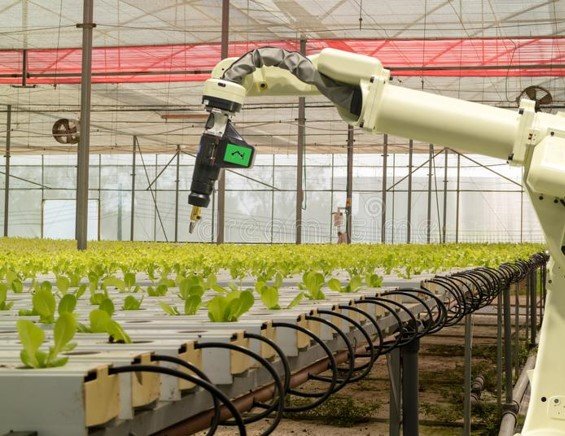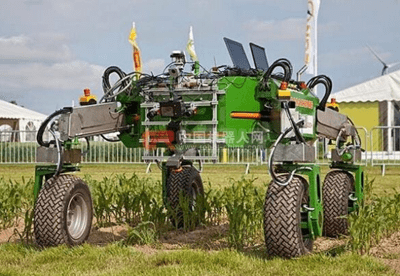For La Salle University’s 11th ICT Youth Convention, theme: Rooting IR 4.0 (or 4th Industrial Revolution), I will be presenting a short discussion about the new changes and effects brought by the 4th Industrial Revolution. (Download the slides at the end of the page)

What is it all about?
Industrial revolutions are the eras of inventions where a rapid change in technology occurs. The first industrial revolution (around 1760-1840) introduced steam power and growth of the first factories. The second (around 1870-1914) introduced electrical power and telephone lines. The third (around 1950-2000) introduced the shift from analog to digital electronics.
Now, we are in the fourth industrial revolution, which focuses on cloud computing and artificial intelligence, with two main concepts: automation and data exchange. The fourth industrial revolution is used on multiple platforms, like mobile devices, the Internet of Things, augmented reality and wearables, and more!


Mainly, we use our phone for everything—communications, entertainment, and even work. In China alone, during rush hour, every 1 minute of the internet traffic would reach up to 46TB!
Applications of IoT
A lot of applications the Internet of Things (IoT) include consumer, commercial, and industrial applications. Consumer IoT includes Smart Home (like Google Home or Alexa) and self-driving cars, commercial applications include medical uses, transportation, and building and home automation. And industrial applications include smart factories and fully automated manufacturing.
Other platforms for the fourth industrial revolution are cyber-physical systems, cloud and edge computing, big data analysis, and artificial intelligence and machine learning. As of now, companies are investing to optimize costs by using smart factories and some are even investing in Lights-Out Manufacturing, an idea where a factory is fully automated by computers without the need for human intervention.
We would, then, design cyber-physical systems according to these principles: 1) smart connection level (sensor network), 2) data-to-information analysis, 3) cyber level (data transfer between machines), 4) cognition level (collaborative decision-making), and 5) configuration level (the self-configuration for resilience, self-adjustment for variation, and self- optimization for disturbance).


Push yourself and strive to improve!
But, with new changes are also challenges. How should we embrace this new change? What challenges do we face? I will discuss along what possible challenges we need to face and overcome.
Watch also these YouTube Videos
- ODG | When You Let A Kid Order Delivery Food….
- Tesla | Full Self Driving
- Ring Home Security System
- National Geographic | Drones and the Future of Farming
